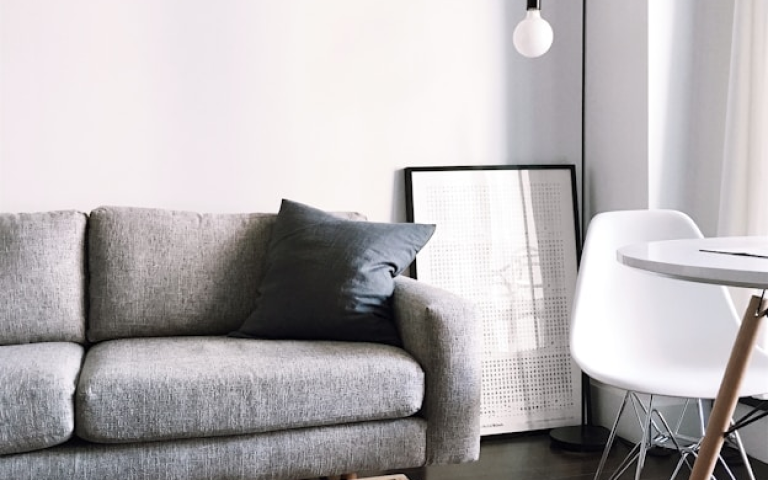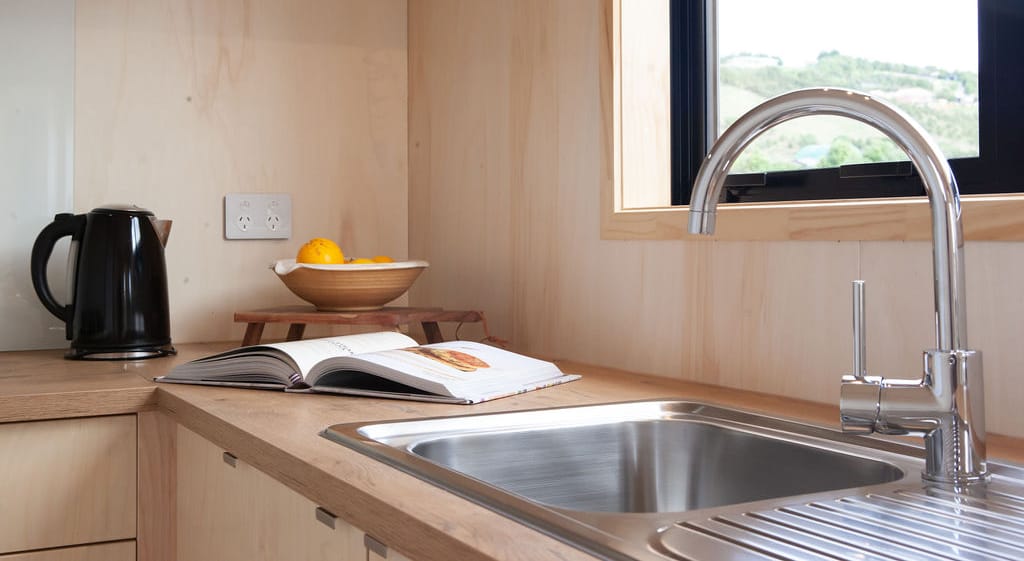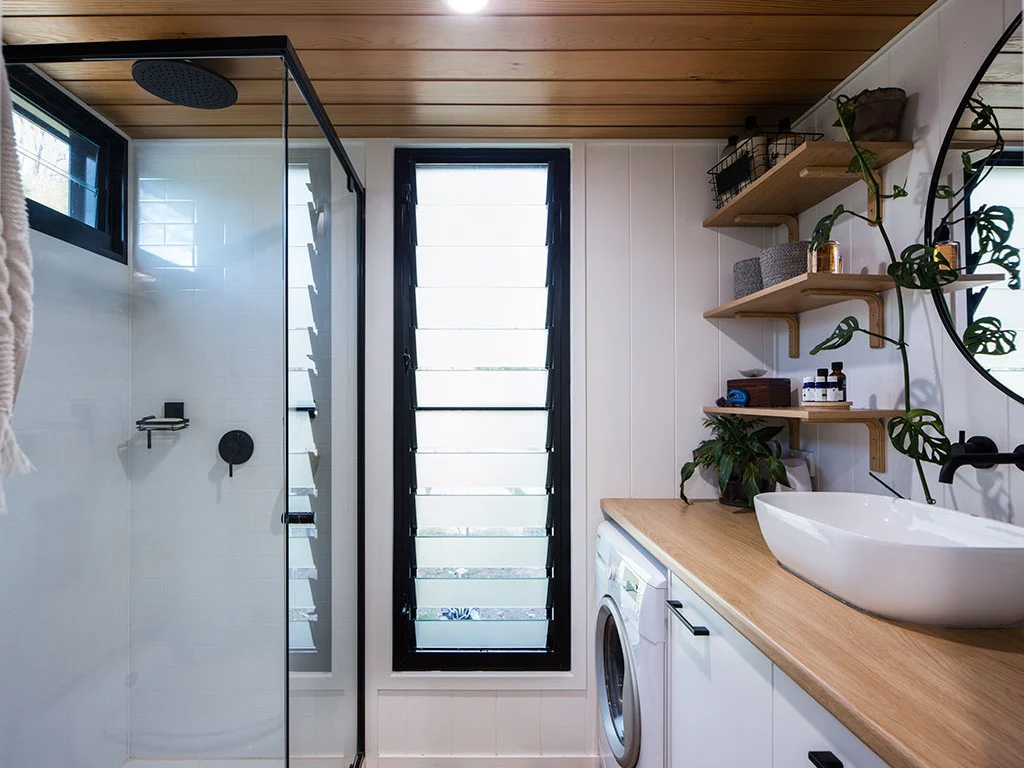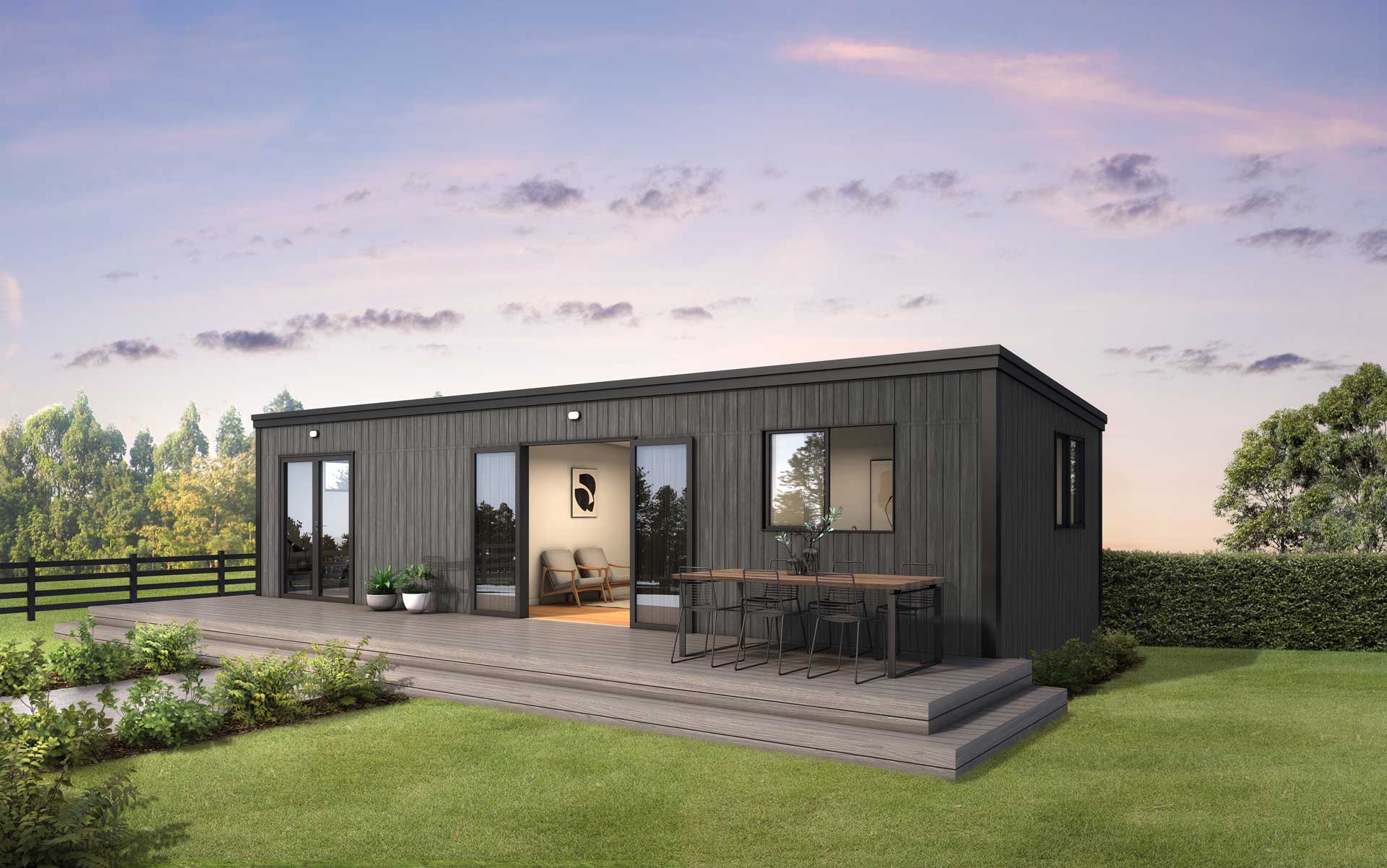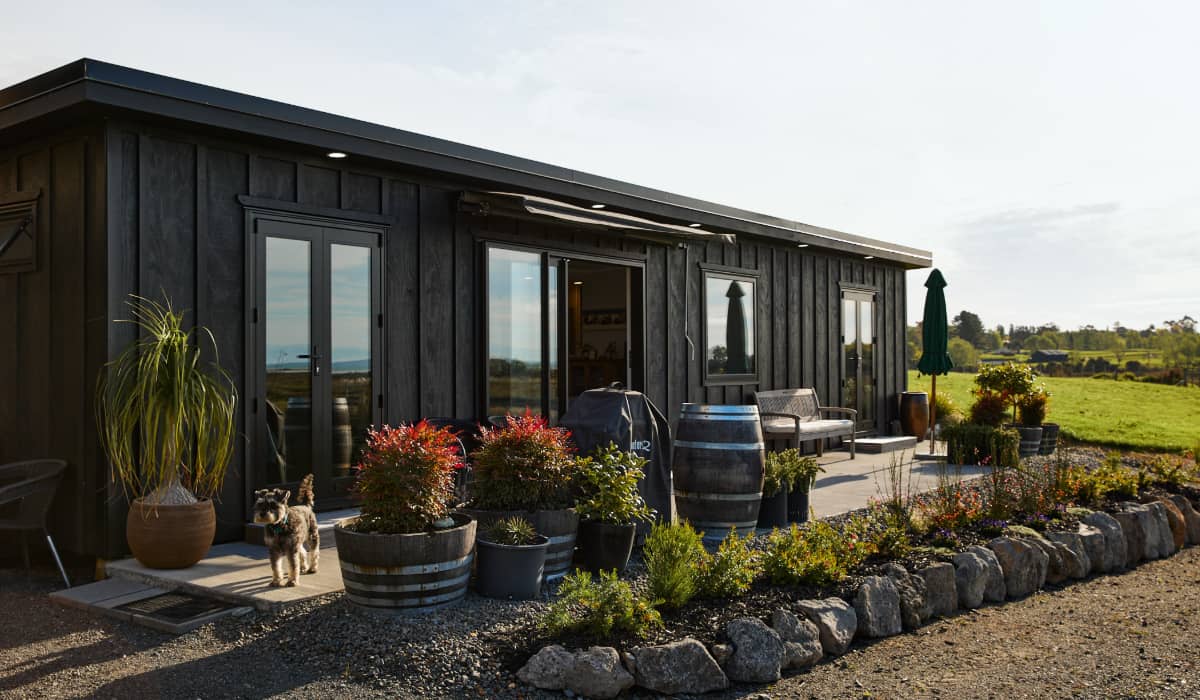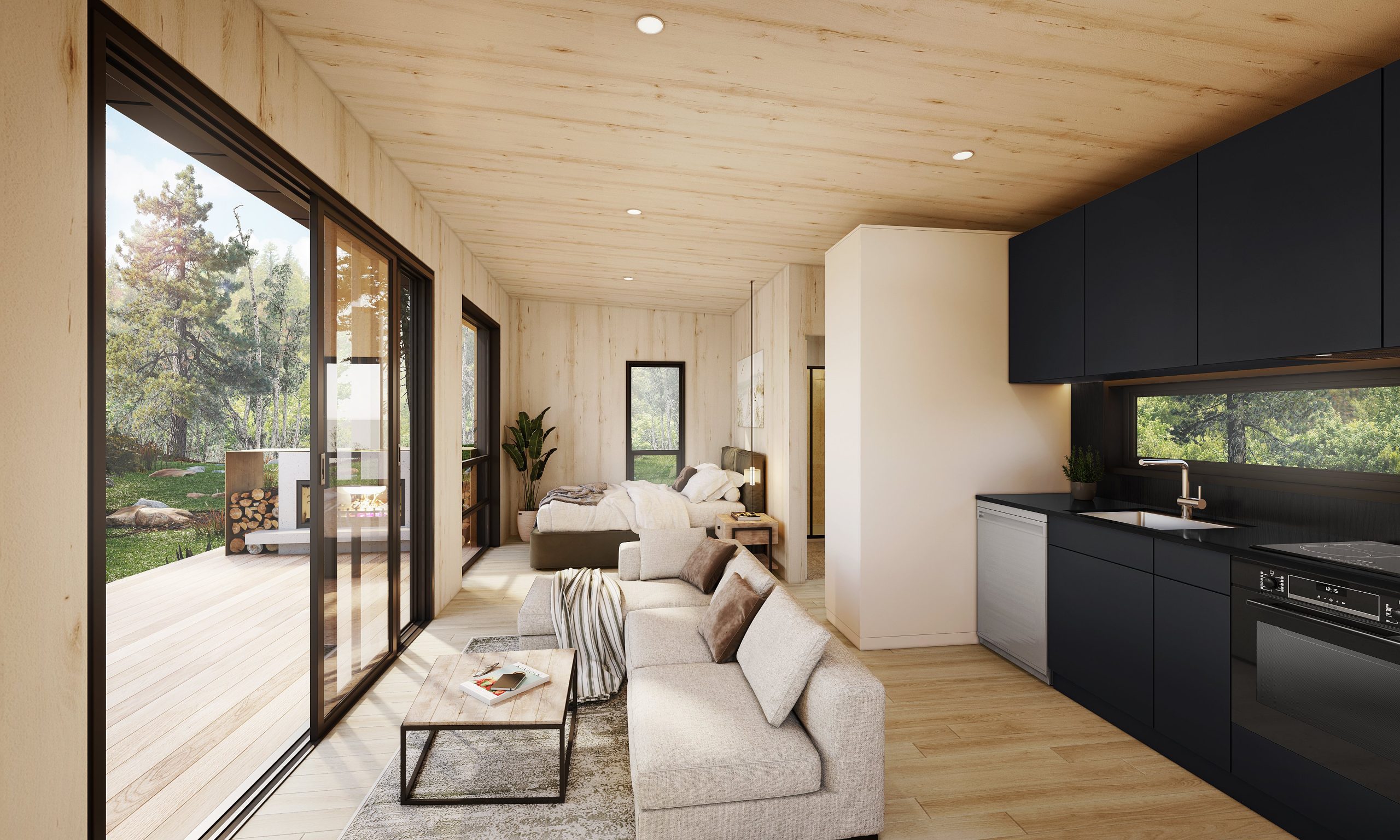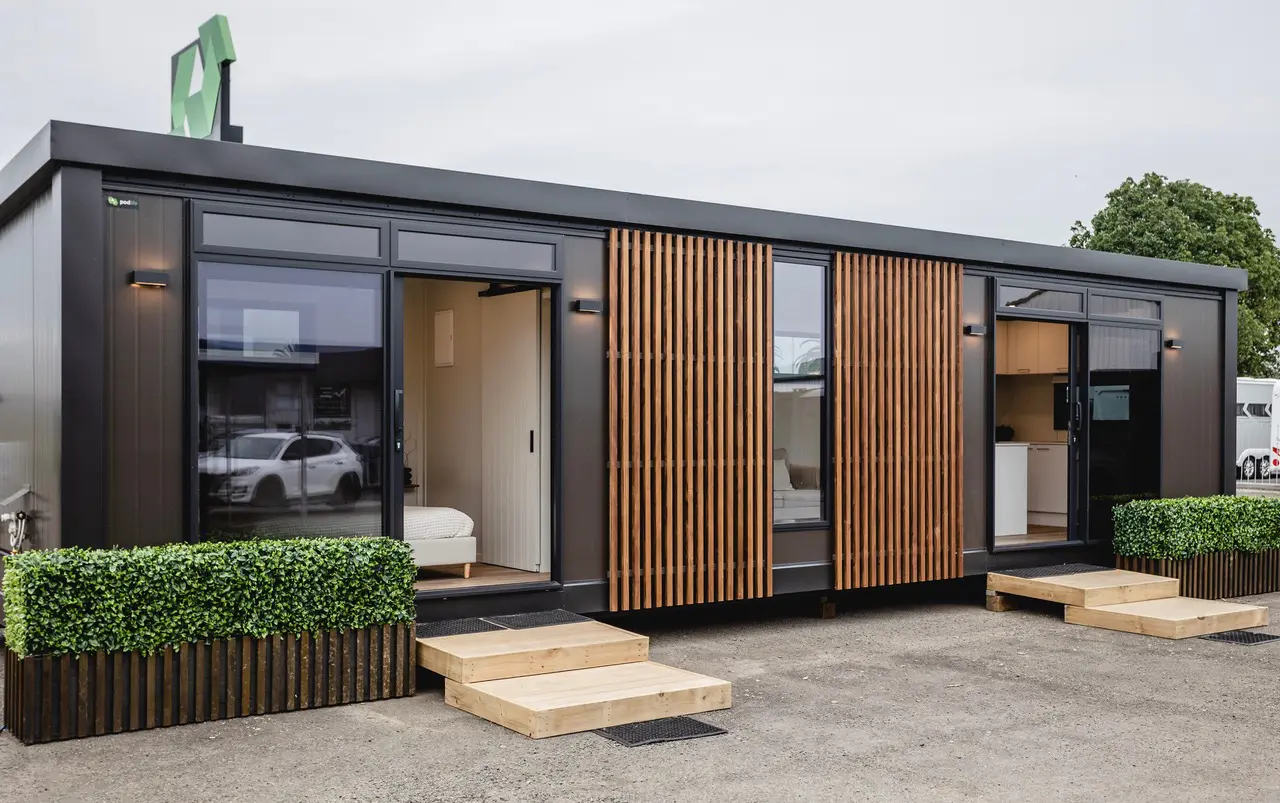Have you ever thought about building a cosy little sleepout on your property? Maybe you want a space for guests, a home office, or even a way to generate some rental income. But what if you want to go a step further and add a bathroom or a kitchen to make it more self-contained?
Sounds great, right? Well, hold on a minute — before you dive in, it’s important to understand the council regulations that come with these upgrades in New Zealand.
Let’s break it all down: what’s allowed, what’s not, and how you can create a compliant, functional, and beautiful sleepout with a bathroom and kitchen.
What Is a Sleepout and How Is It Different from a Minor Dwelling?
In New Zealand, a sleepout is typically a small, detached building on your property that’s used for accommodation. Think of it as an extra bedroom outside your main house. It’s a versatile space that can be used as a guest room, a private retreat, or even a workspace.
But here’s the catch: a sleepout is different from a fully self-contained minor dwelling. In most cases, sleepouts are limited in terms of what you can add — like bathrooms or cooking facilities — without extra permissions. That’s where council regulations come into play.
Sleepout vs. Minor Dwelling
Now, you might be wondering, “What’s the difference between a sleepout and a minor dwelling?” It’s a good question because the two are often confused. A minor dwelling is a small, self-contained unit that usually includes a kitchen and bathroom. It’s essentially a mini house.
A sleepout, on the other hand, is generally meant for sleeping or light use and doesn’t automatically include those facilities. If you add a kitchen or bathroom, your sleepout could be reclassified as a minor dwelling, which comes with stricter rules and the need for additional consents.
Council Regulations for Sleepouts in New Zealand

Navigating the rules for sleepouts can feel overwhelming, but understanding the basics is a great place to start.
Do You Need a Building Consent for a Sleepout?
Here’s some good news: not all sleepouts require building consent. According to the Building Act 2004, you can build a sleepout of up to 30 square metres without a building consent — provided it’s used as a non-habitable space (i.e., no cooking or sanitary facilities).
However, the moment you decide to add a bathroom or kitchen, things change. You’ll likely need both building consent and resource consent to ensure your sleepout meets the necessary standards for safety, plumbing, and zoning. The specifics vary depending on your local council, so it’s crucial to check their requirements early on.
Adding a Bathroom to a Sleepout
Thinking about adding a bathroom? Great idea! But there are a few hoops to jump through. For starters, you’ll need to ensure your plumbing and drainage meet New Zealand’s building code. That includes connecting your sleepout to your property’s existing sewer or septic system.
You’ll also need to think about ventilation. Bathrooms in tiny homes can easily become damp, so proper airflow is essential to prevent mould and ensure the space stays healthy.
Adding a Kitchen to a Sleepout
A kitchen can take your sleepout to the next level, but it also comes with more rules. Adding fixed cooking facilities could mean your sleepout is reclassified as a minor dwelling, which requires stricter compliance.
You’ll also need to consider fire safety. For example, is there adequate separation between cooking appliances and sleeping areas? And don’t forget about ventilation to manage cooking fumes.
Adding a kitchen might make your project more complex, but with the right planning, it can be done.
Regional Variations in Regulations
Did you know that council rules can vary depending on where you live? For example, Auckland, Wellington, and Christchurch may all have slightly different requirements for sleepouts. Some councils might be more flexible about adding a bathroom or kitchen, while others have stricter zoning rules.
Examples of Regional Differences
Let’s take a look at some examples from different parts of New Zealand to give you an idea of how the rules might change:
Wellington
Wellington is known for its heavy rainfall and seismic activity, which means its regulations tend to focus on drainage and stormwater management. If your sleepout includes a bathroom or kitchen, expect to provide detailed plans on how you’ll manage wastewater and drainage. Local councils take these factors seriously to prevent flooding and other issues.
Auckland
Auckland’s got some pretty strict rules, particularly around density and how many dwellings can be on a single property. If you’re planning a sleepout here, be prepared for extra scrutiny on the overall footprint of your property. You may need to prove that adding a sleepout won’t lead to overcrowding or disrupt local infrastructure.
Christchurch
Christchurch has some unique rules, especially after the 2011 earthquake. Because the city lies in a seismic zone, any structure—including sleepouts—must meet higher standards to ensure safety in case of another quake. You’ll need to comply with stricter seismic requirements here.
That’s why it’s essential to check with your local council before starting your project. It’ll save you a lot of headaches down the road.
Key Contacts for Regional Advice
If you’re not sure where to start, your local council’s website is a goldmine of information. Many councils provide detailed guides on what’s required for building sleepouts, including consents, plumbing connections, and zoning rules. Don’t hesitate to give them a call if you have questions — they’re there to help.
The Role of Licensed Builders and Other Professionals

When it comes to sleepouts, working with tiny home builders is non-negotiable. These professionals are trained to meet New Zealand’s strict building standards, ensuring your project is safe and compliant.
A licensed builder will handle everything from structural work to finishing touches, giving you peace of mind that your sleepout meets all regulations. They’ll also help you prepare for council inspections and address any issues that arise during construction.
Final Steps: Approval and Inspection
Before you can officially use your upgraded sleepout, it needs to pass council inspections. These inspections ensure that your plumbing, electrical work, and overall construction meet New Zealand’s building code.
To avoid delays, work closely with your builder and plumber to make sure everything is up to scratch. Keep all your documentation handy, as the inspector may ask to see consent forms and compliance certificates.
Once your sleepout passes its inspections, you’ll need to obtain a Code Compliance Certificate (CCC). This certificate is proof that your sleepout meets all legal requirements and is safe to use. Without it, you could run into issues if you ever decide to sell your property or rent out the sleepout.
Take the Next Step: Build Your Dream Sleepout
Building a sleepout with a bathroom and kitchen is an exciting project, and I’m here to tell you it’s absolutely worth the effort. Sure, navigating council regulations and planning every detail can feel overwhelming, but there’s an easier way to make it happen.
At Smarter Spaces, we specialize in designing and building high-quality, fully compliant sleepouts for New Zealand homes. We take care of the tricky parts, like council approvals and meeting building standards, so you can focus on bringing your vision to life. Contact us today at info@smarterspaces.com or call 027 950 7642 to get started on your dream sleepout!

